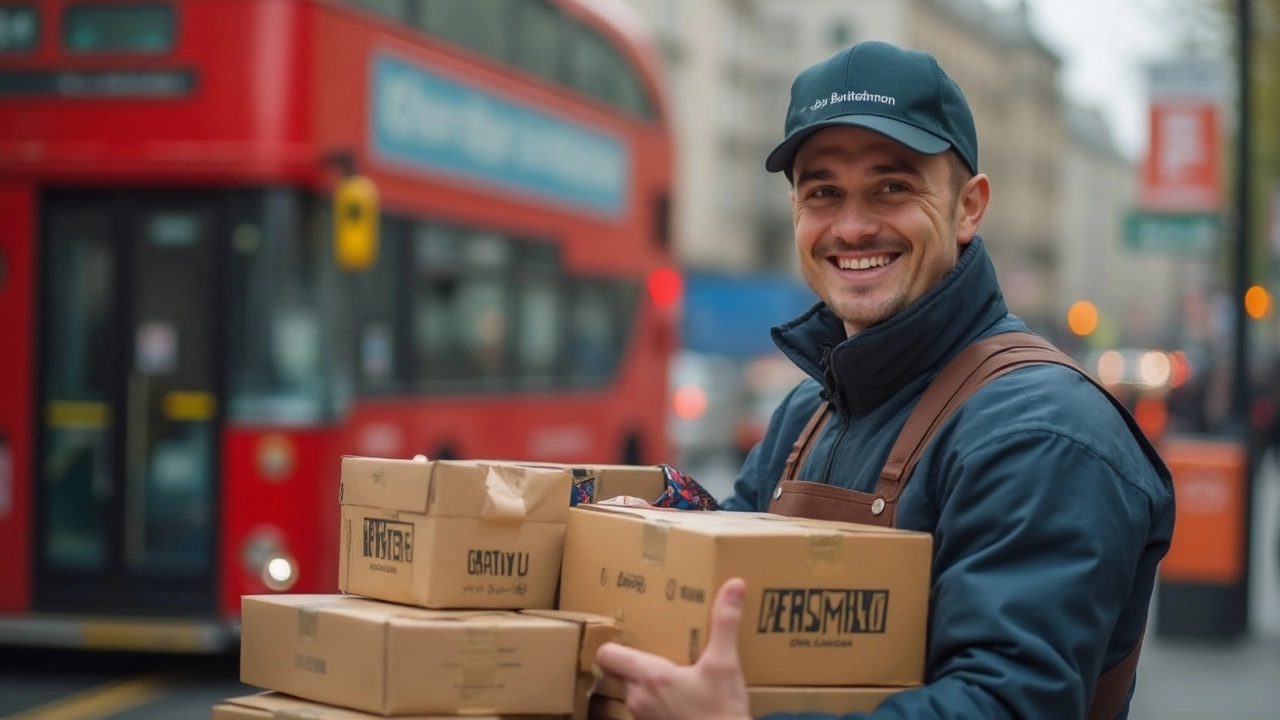Shipment Tips for Everyday Shipping Success
If you’ve ever wondered why some parcels arrive on time while others get lost or damaged, you’re in the right place. This page gathers the most useful shipment tips from our blog, so you can ship faster, cheaper, and safer without guessing.
Choosing the Right Courier
First thing’s first – pick a courier that fits the job. Look at three basics: price, speed, and reliability. For small packages under 5 lb, UPS and FedEx often beat the post office on tracking detail, but USPS can be cheaper for low‑weight items. If you need next‑day delivery, check the courier’s cut‑off times: FedEx usually stops accepting overnight shipments around 5 pm local time, while UPS may be a bit later. Knowing these windows helps you avoid the dreaded “late drop‑off” fee.
Don’t forget to compare international rates. In 2025 FedEx and UPS still dominate, but DHL and USPS sometimes offer lower prices for smaller overseas parcels. Use our cost‑comparison guides to see which service saves you money on the route you need.
Packing & Protecting Your Items
Good packing is the single biggest factor in avoiding damage. Start with a sturdy box that leaves at least two inches of space on every side. Fill the gap with bubble wrap, packing peanuts, or even crumpled paper – the goal is to keep the item from moving. For fragile goods, double‑box: place the item in a small box, seal it, then put that box inside a larger one with more cushioning.
Labeling matters too. Write the address clearly, use a barcode label if possible, and add a "Fragile" sticker when needed. A neat label reduces handling errors and speeds up sorting.
If you’re shipping valuable items, consider insurance. USPS charges a small fee for $5,000 coverage, while UPS and FedEx have tiered insurance rates that can add up quickly. Our insurance guide shows when it’s worth paying extra and how to file a claim without hassle.
Size limits are another hidden cost. UPS won’t take a package larger than 108 in. in combined length + girth, and they charge extra for oversized items. Knowing the limits before you pack can save you a surprise surcharge.
Finally, track everything. Most couriers offer real‑time tracking, but some budget services only give a delivery confirmation after the fact. Set up notifications so you and your customer know exactly where the parcel is at every step.
These tips cover the core advice you’ll find across our shipment‑tips articles – from “UPS 5lb Shipping Cost Guide” to “Cheapest Overnight Shipping Rates”. Apply them on your next shipment and you’ll see fewer delays, fewer damage claims, and lower costs.
Got a specific question? Browse the posts below for deeper dives on topics like last‑mile delivery risks, pallet shipping with UPS, or how Amazon runs its own logistics network. The right tip at the right time makes every shipment smoother.
March 13, 2025
Evelyn Wescott
0 Comments
Ever wondered what can and can't be sent via courier? This article explores the ins and outs of shipping items, unraveling the guidelines and tips for a hassle-free experience. From everyday parcels to fragile items, understand what fits where and how to pack safely. Discover surprising facts about prohibited items that you might not expect. Sending a package can be simple once you know the basics.




